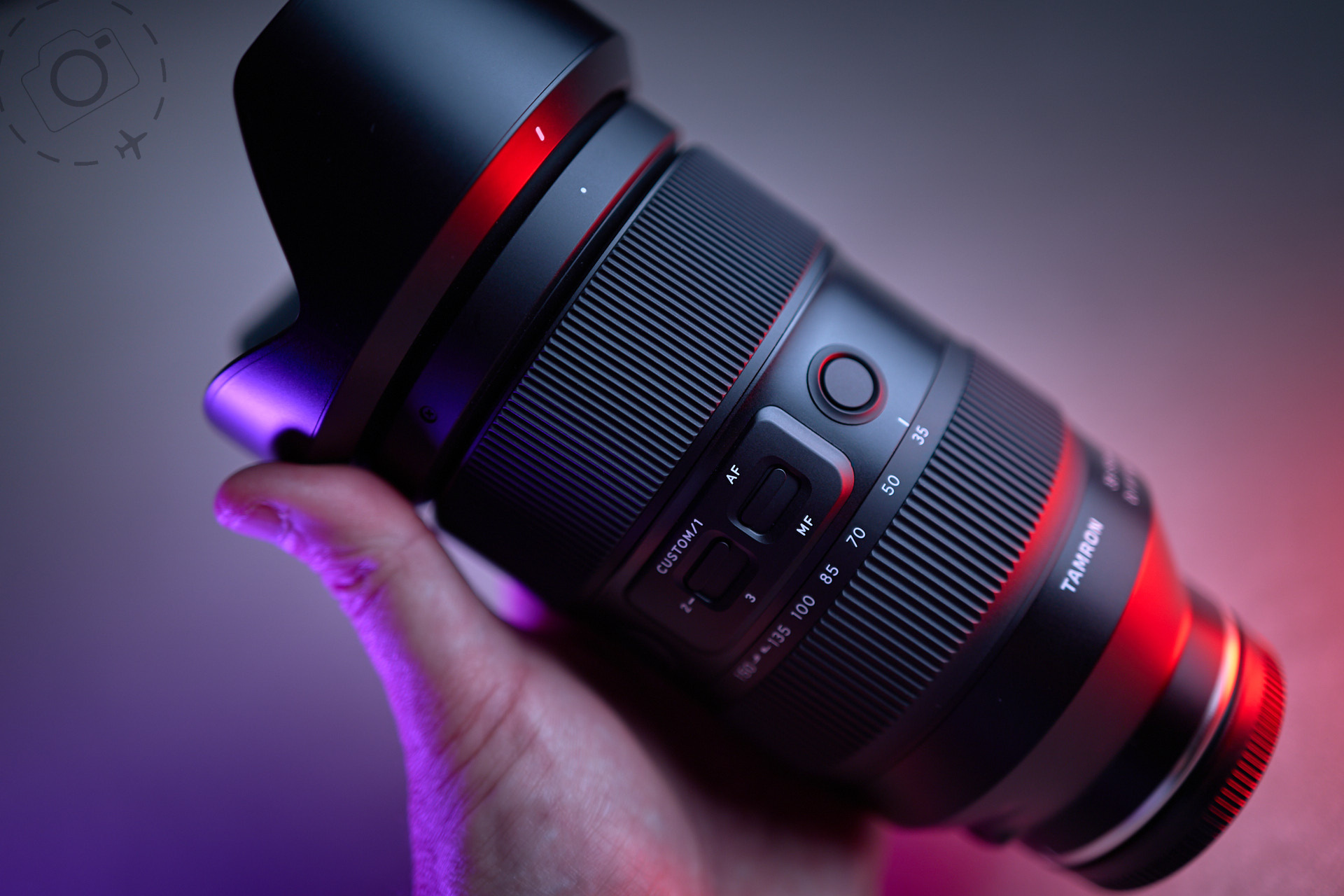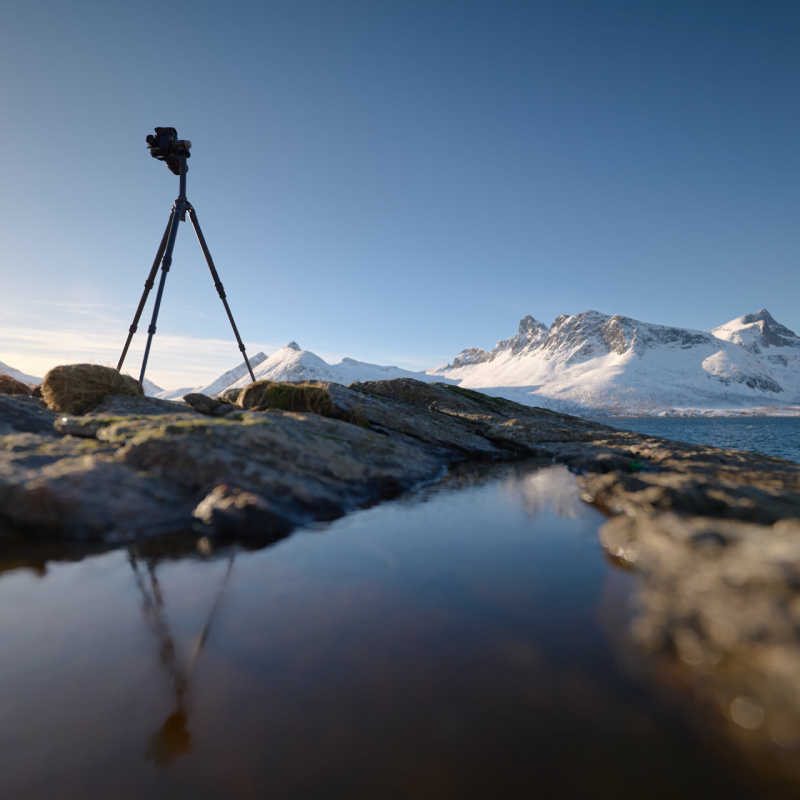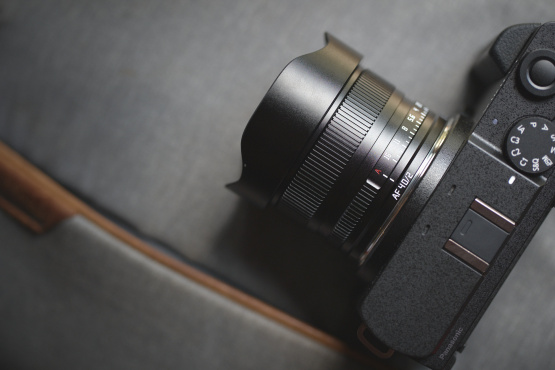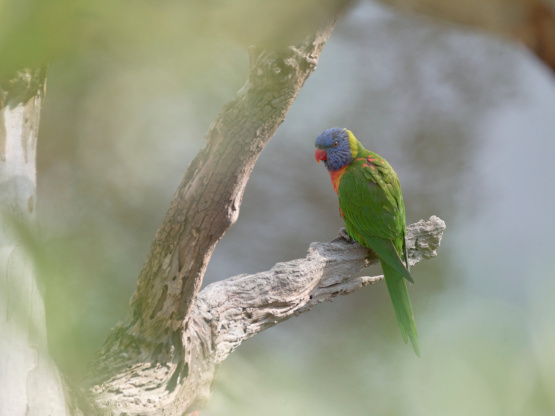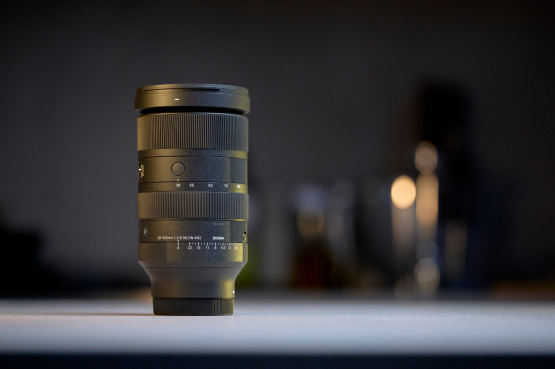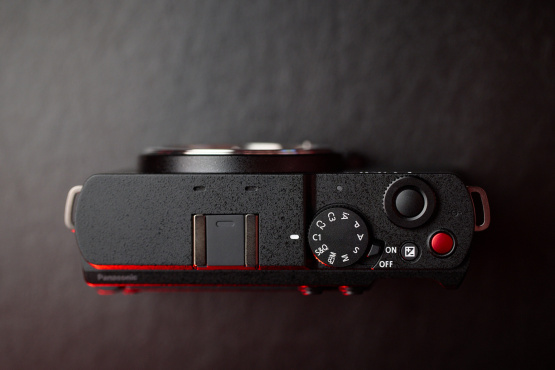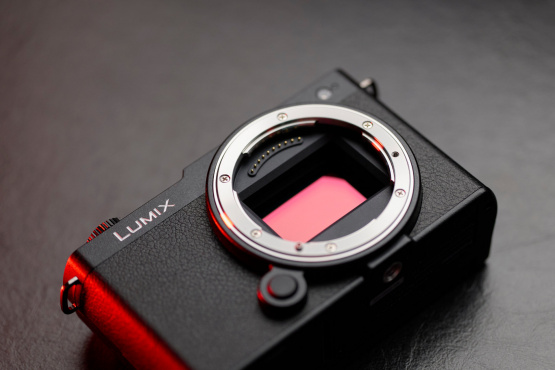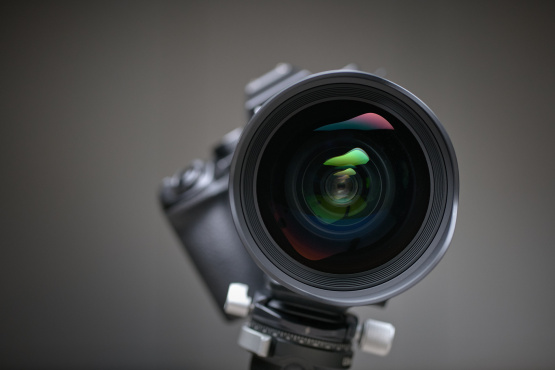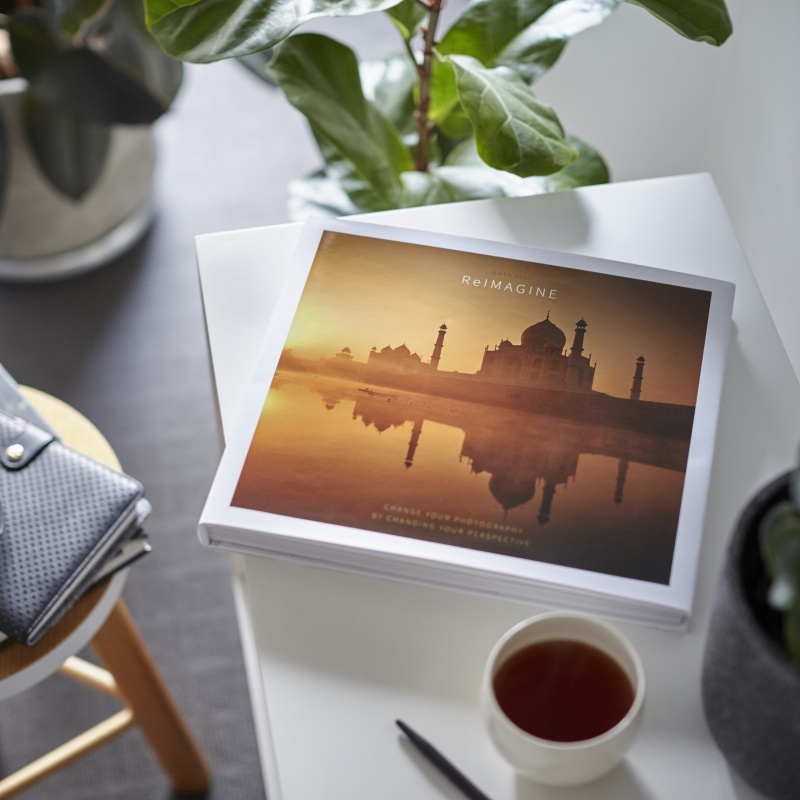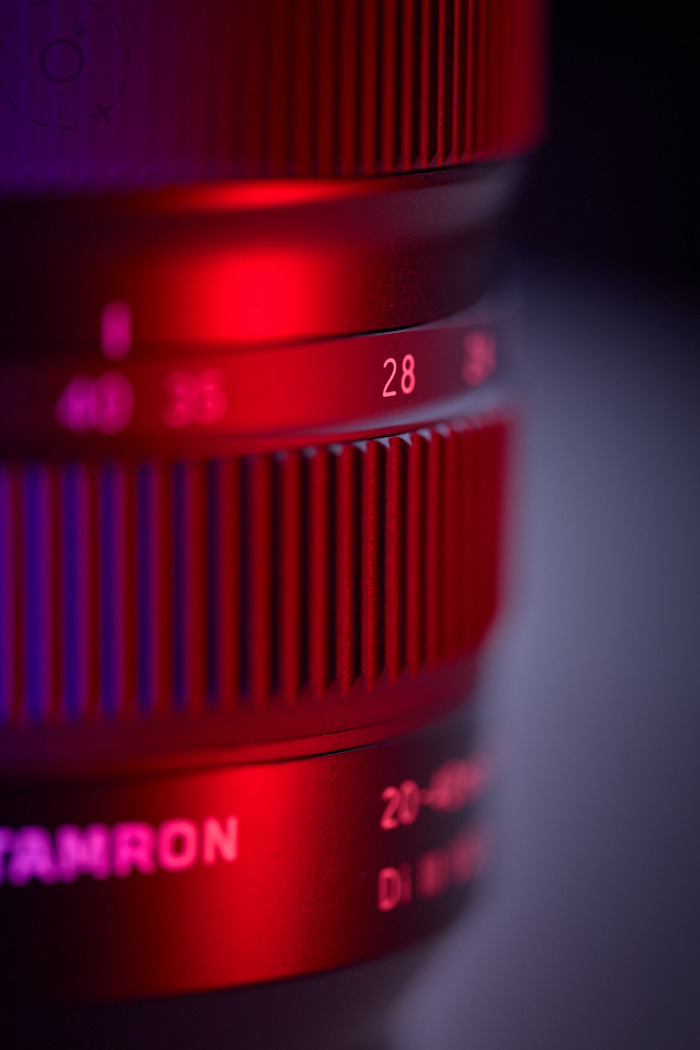
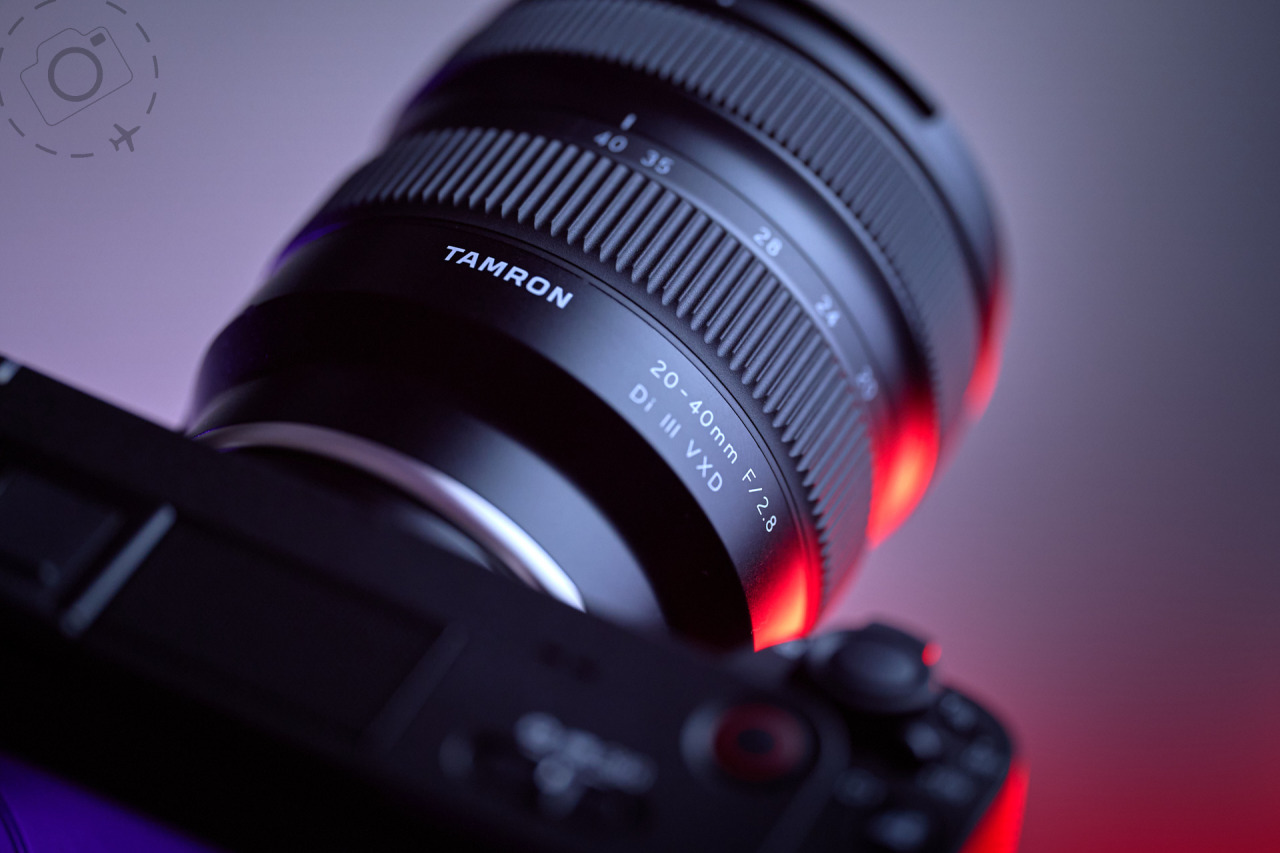
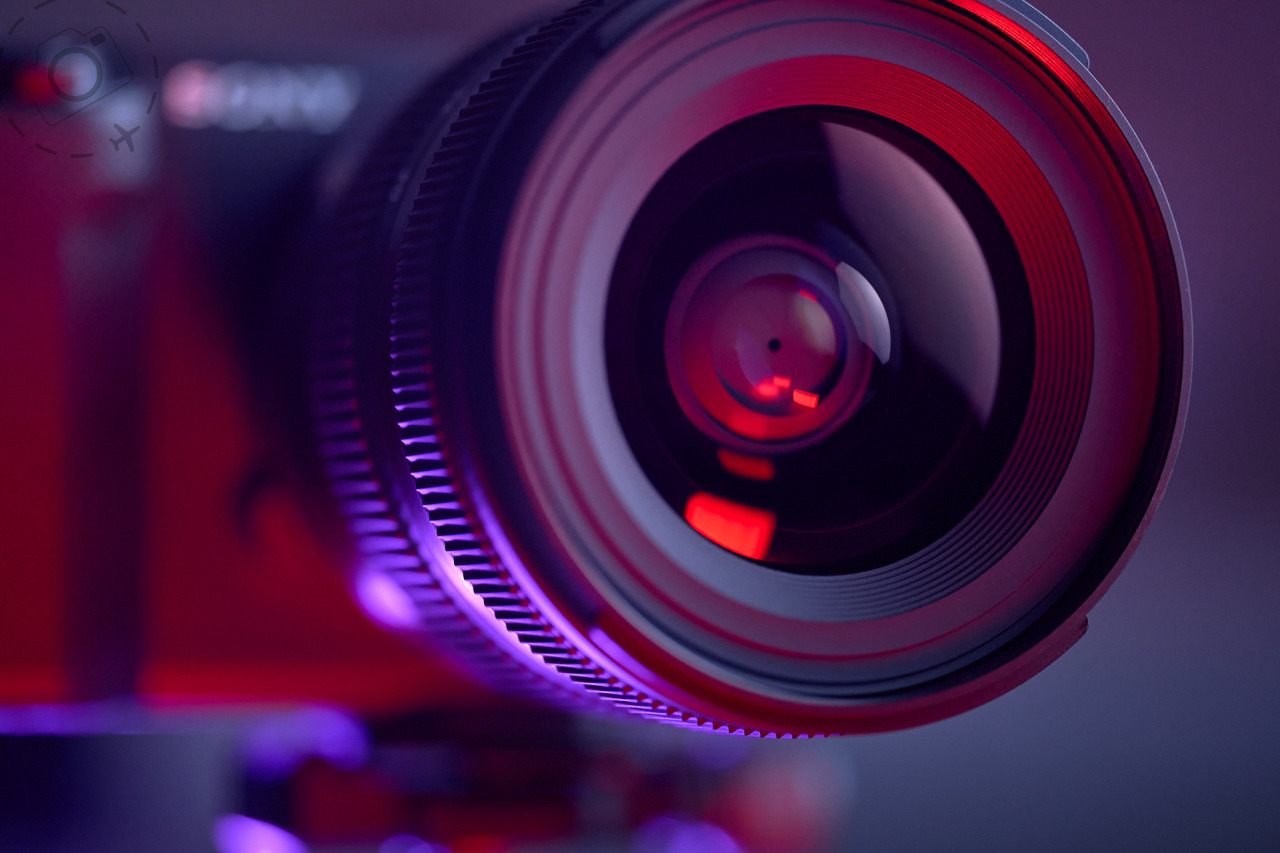
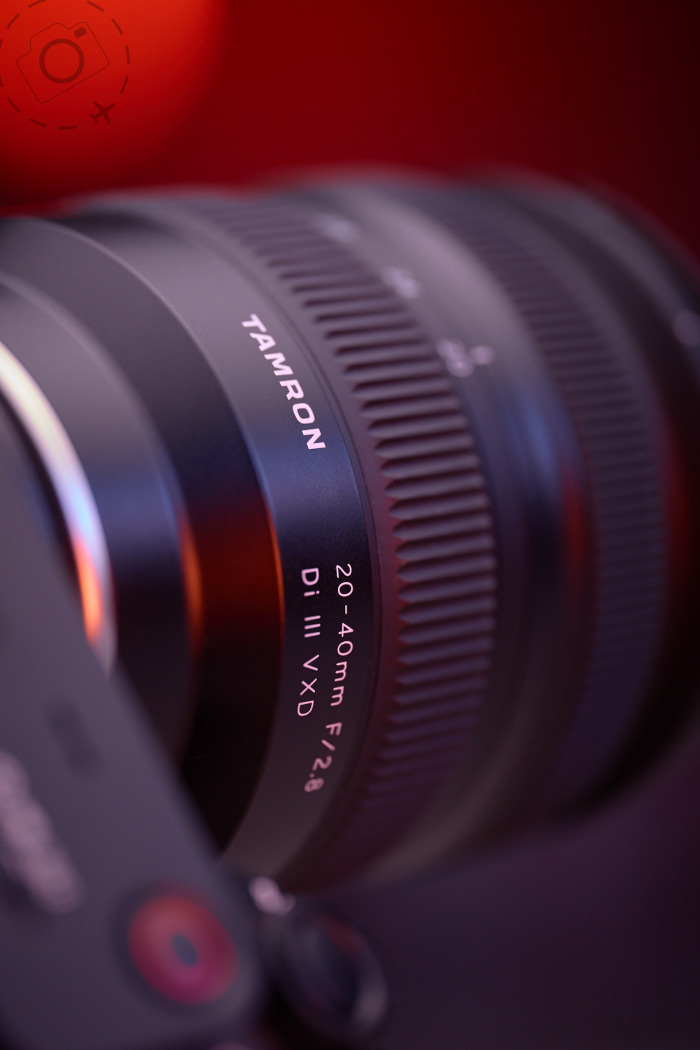
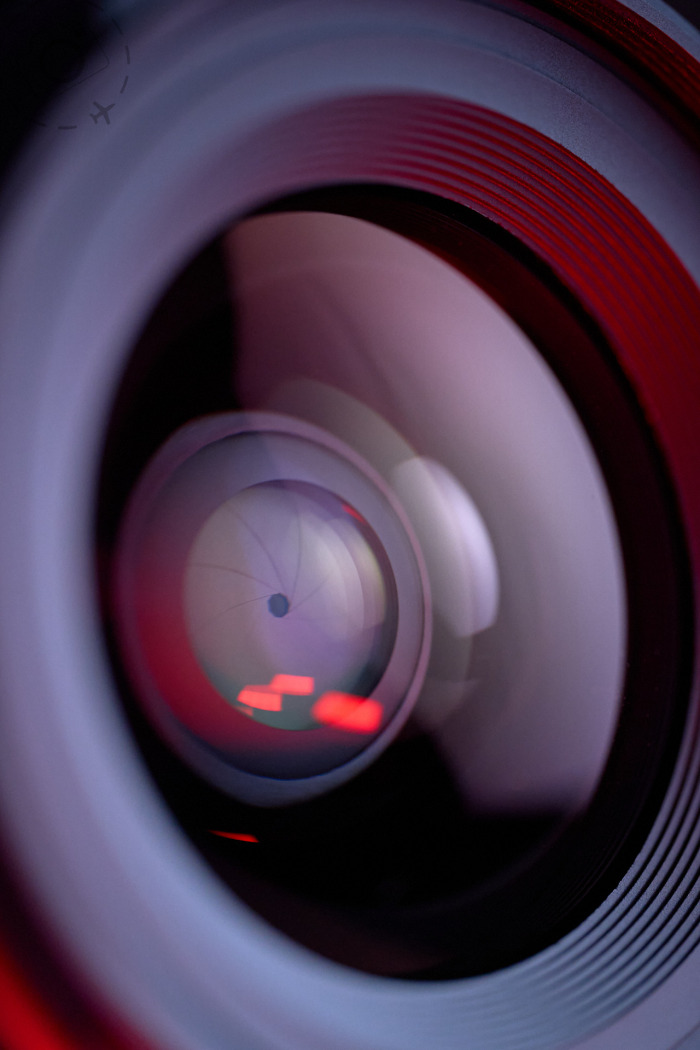
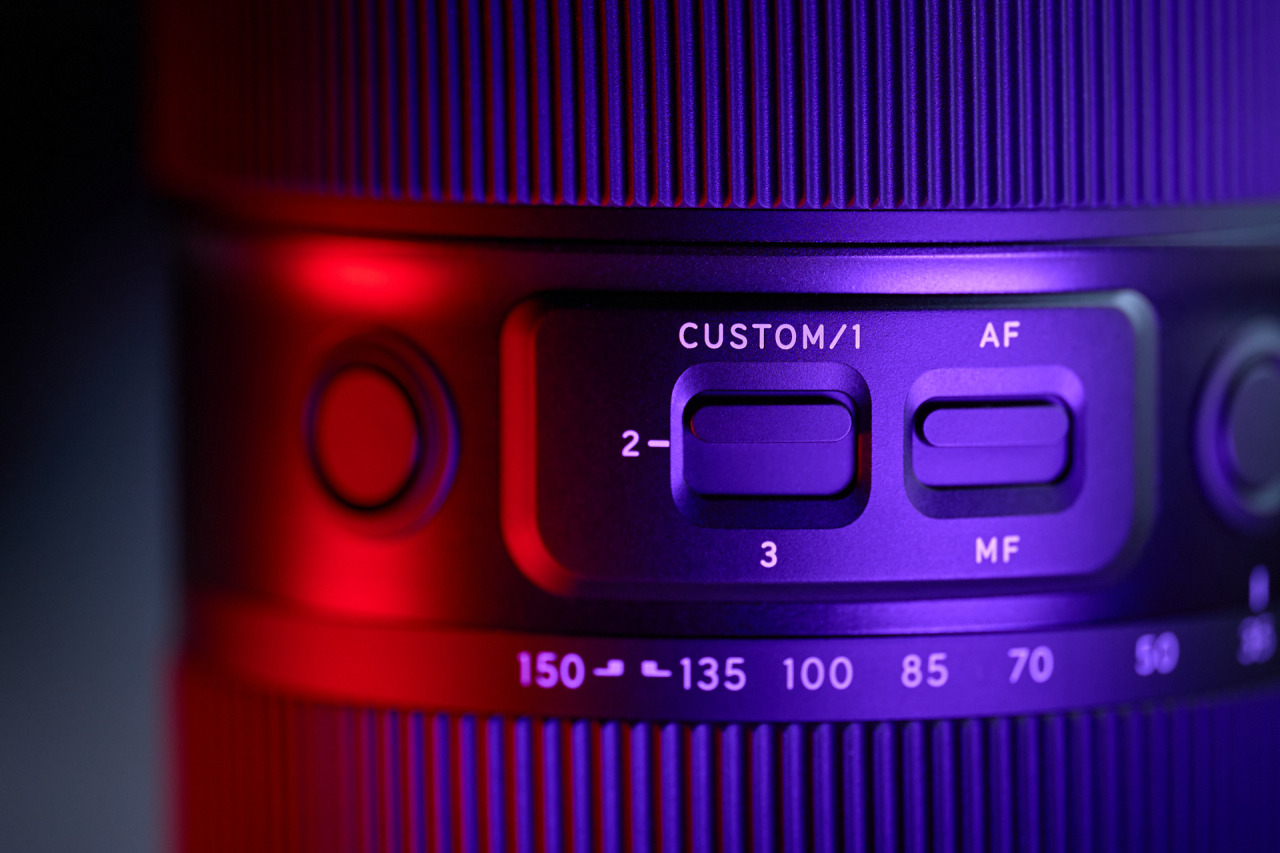
Far and Wide
My happy place is a fast prime, the wider the better. I've travelled Nepal a lot over the past decade and a bit, and most of the time I'm packing a standard prime and a wide prime. I can live without zoom, but I’m not sure I can live without the joy of F2? The best zoom lenses tend to open out to F2.8, which is nice but just not the same as what I’m used to when shooting primes. I love F2. So I’m a very unlikely candidate to get the very best out of an F2.8 wide angle zoom. But that was the challenge put forward to me by Tamron.
I initially approached Tamron to see if they could lend me a 35-150mm F2-2.8 zoom, because I knew this would be super useful when shooting festivals in Bhutan where you can’t always stand where you want to and a little extra reach comes in handy. For everything else I had a Sigma 20mm F2 and Sigma 35mm F2 already in my kit – which covers almost 95% of what I need for travel anyway. Tamron were kind enough to loan me not only the 35-150mm zoom, but they said I should try their 20-40mm F2.8 as well.
The first question I asked myself was, “Why would I ever need that?”
I already have 20mm and 35mm covered at my preferred F-stop. But hey, I figure there are lots of other people who will be interested in the 20-40mm zoom, especially one that is so light and compact. If nothing else, the Tamron 20-40mm F2.8 provides an excellent backup lens that is small and light to pack. I wanted to make sure I did give these Tamron zooms a fair go, so I dedicated certain days of my travels to just "zooming about". What I discovered was that in spite of my reticence, I was getting really really good shots with the 20-40mm F2.8. I would look back over the mornings shots and think to myself, “Hey there’s some good stuff in here, maybe I’m over thinking this F2 prime thing?”
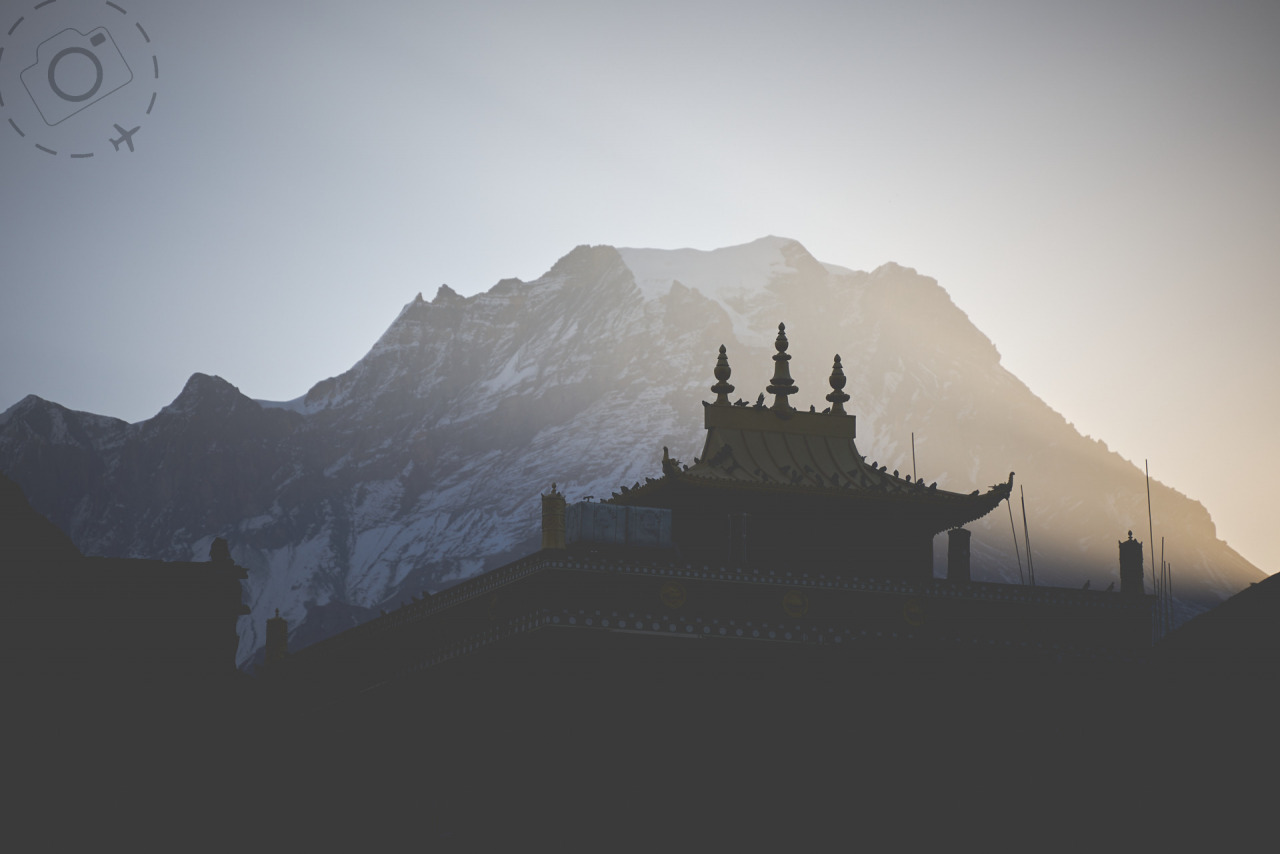
"Kagbeni Gompa at Dawn"
Tamron 35-150mm F2-2.8
@ 150mm/F2.8
Almost F2
Unpicking the merits of F2 versus F2.8 is very difficult, and very subjective. What my experience this month tells me is that the line between the two is very narrow as well. There is a definite difference in the bokeh between my F2 primes and the Tamron 20-40mm F2.8, yes, but to what extent that is critical is always up for debate. It’s a very personal choice, made more confusing for most people because they so rarely find themselves working with a lens that can even go down to F2.
Aside from how wide the aperture goes, the other issue is whether shooting on primes versus a zoom directly changes your creative process. Zooms can make you lazy, and typically lead to more photos instead of better photos. They can be a path to less considered captures and a tendency to use the zoom to crop a scene. That’s a big red flag for me. For stills photography I tend to discount the “convenience” of zoom lenses as a distraction from good composition. For video however, there are definite advantages to working with a zoom and open a path to better coverage under challenging circumstances.
There’s always a trade off between coverage (and convenience) and quality (or bokeh) when deciding between primes and zooms.
My photography style is typically to shoot very wide, or very tight. I avoid the bits in the middle as they are less dramatic. You can capture a tight composition even with a wide lens, but you can’t get a wide perspective with a long lens. So I lean towards the wider end of the scale. 20mm is good and so is 40mm. These are two useful places for my eye to explore. I genuinely wish this Tamron wide-angle zoom was F2 instead of F2.8. But that might also mean a much heavier piece of kit, as we’ve seen with the rather brilliant Panasonic 10-25mm F1.7 (for MFT). The question is: Does F2 versus F2.8 really make that much of a difference?

"Pilgrims in Prayer"
Tamron 20-40mm F2.8
@ 40mm/F2.8
Two Is Better
Looking back over the shots from each of the sessions what I saw was a lot of images that I was super thrilled with. The 20-40mm F2.8 delivers lovely sharp frames with minimal to no distortion. When capturing landscapes at a higher f-stop the results are gorgeous and sharp. When capturing intimate scenes at F2.8 the bokeh is nice and creamy. The lens delivers on the goods at either end of the aperture range and either end of the focal lengths.
Ironically it’s the big Tamron 35-150mm F2-2.8 that provided the most interesting comparison on aperture. At the widest focal length of 35mm this lens delivers an F2 aperture, and it looks amazing. F2 really is just that much more sweeter than F2.8 in my books.
If you prefer to shoot with two camera bodies like me, then pairing these two great lenses becomes a real joy. Covering a range of 20-40mm plus 35-150mm, with F2.8 in reach at all times. That’s a compelling combination. I made sure I had the longer lens on hand for those times when we might be grabbing shots of snowy mountain peaks, but also wanted to employ this lens for small things like flowers and butterflies. The 35-150mm makes no claims to be a macro lens, which is a little disappointing for me because in the past year I’ve grown to enjoy macro photography a lot more. I did try this lens with a simple set of extension tubes, and got some nice results. There is some unusual light-bounce at certain angles of incidence, but I quite like the added chaos in my compositions anyway :) I’m not your typical macro photographer obviously!
I like to use my Himalayan adventures as a chance to explore new boundaries with camera gear – Coming back to a familiar place with new gear is a great way to isolate how much of your photography is a reflection of the technology and how much is just because you love the Himalayas. There are times when I genuinely see how a bit of gear can elevate the photography. Little things like a flippy rear-screen to make it easier to access difficult or low angles. ND filters that slow down the motion and bring a sense of action to your stills. Or a lightweight camera system that lets you fit two full-frame cameras and four lenses into my teeny little Peak Design 10L Sling.
The Tamron 20-40mm F2.8 delivers 95% of what I’m going to shoot on a trip. In theory I could drop down to one camera every time I hit the streets. Portraits and still life at 40mm. Street chaos and landscape moments at 20mm. That single Tamron lens costs about the same as one of my Sigma F2 primes, which is to say this represents excellent value indeed. If I want to increase my coverage I can pack the 35-150mm F2-2.8, and also grab a few close ups of the snow-capped Annapurnas or devotees running through sacred water fountains.
That longer lenses is nowhere near as light and nimble as the 20-40mm though. It’s not a monster, not by any means, it’s jut that I’ve gotten quite used to my teeny little fast primes in recent years and that 35-150mm F2-2.8 feels a little bit like going back to the days of DSLR. It’s a similar size and weight to my old EF mount 16-35mm F2.8, and a lot more practical than your typical 70-200mm F2.8. It’s not a huge lens, it’s just that the 20-40mm (and all of my current primes) is way lighter and smaller.
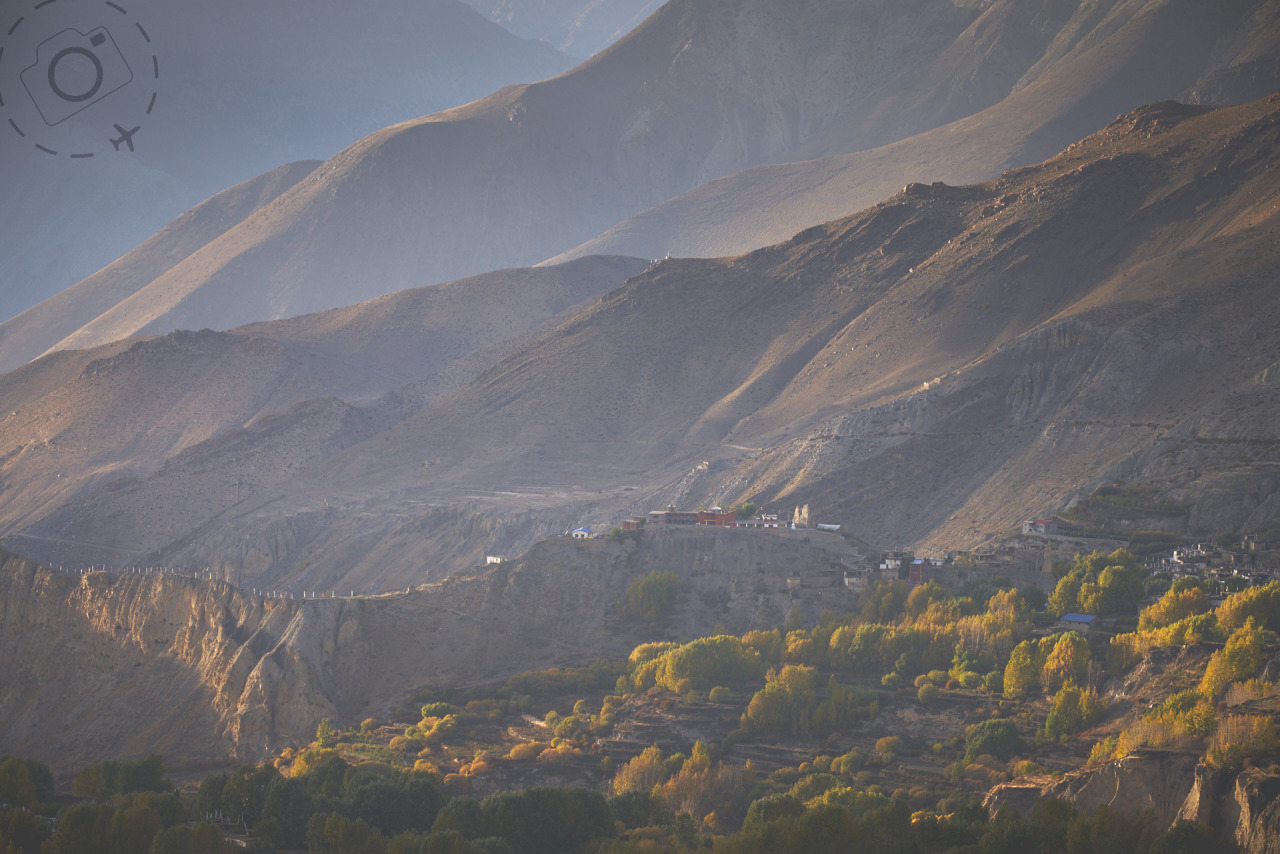
"Fading Light at Muktinath"
Tamron 35-150mm F2-2.8
@ 125mm/F8
Attention Grabbing
To put things in context, it's a very modest size and weight for a 150mm lens shooting at F2.8. There's no question about this being a practical lens. As a 35mm lens it's somewhat less appealing, being significantly heavier than the Sigma 35mm F2 prime for example. When I shoot 35mm I enjoy being nimble and "insignificant". Strangers don't give me a second thought with a small mirrorless camera and a tiny F2 prime. The 35-150mm however draws a bit more attention. It looks pretty serious, which may not be ideal for a travel photographer but actually is genuinely helpful to impress clients as a wedding photographer!
I should make a few comments about technical performance of these two lenses for those who are interested in buying. I was stunned by the sharpness of clarity of the 20-40mm, and the AF performance (as tested on the Sony ZV-E1) was stellar. Zero complaints there. Likewise the 35-105mm delivered speed on the AF and clarity through the elements. I’m not testing these lenses on a 60MP sensor though, but in terms of distortion and aberrations these are absolutely good enough for professional work. The 20-40mm F.28 is currently only available for Sony E-mount (full frame) but the 35-150mm F2-2.8 also comes in a Nikon Z-mount version (also full frame).
One of the reasons I don’t do a lot of camera gear reviews these days is because most of the time there’s not much new and interesting in the world of cameras anyway. I find photography more interesting than cameras! I think Tamron are doing some really good work though and are looking outside the existing standards for how to make zoom lenses more useful as mirrorless cameras get more and more capable. Yes I’m still an F2 snob and likely will remain so for life, but that doesn’t mean I don’t see the joy of these two lenses and fully understand why people would go out and buy one.
– Ewen
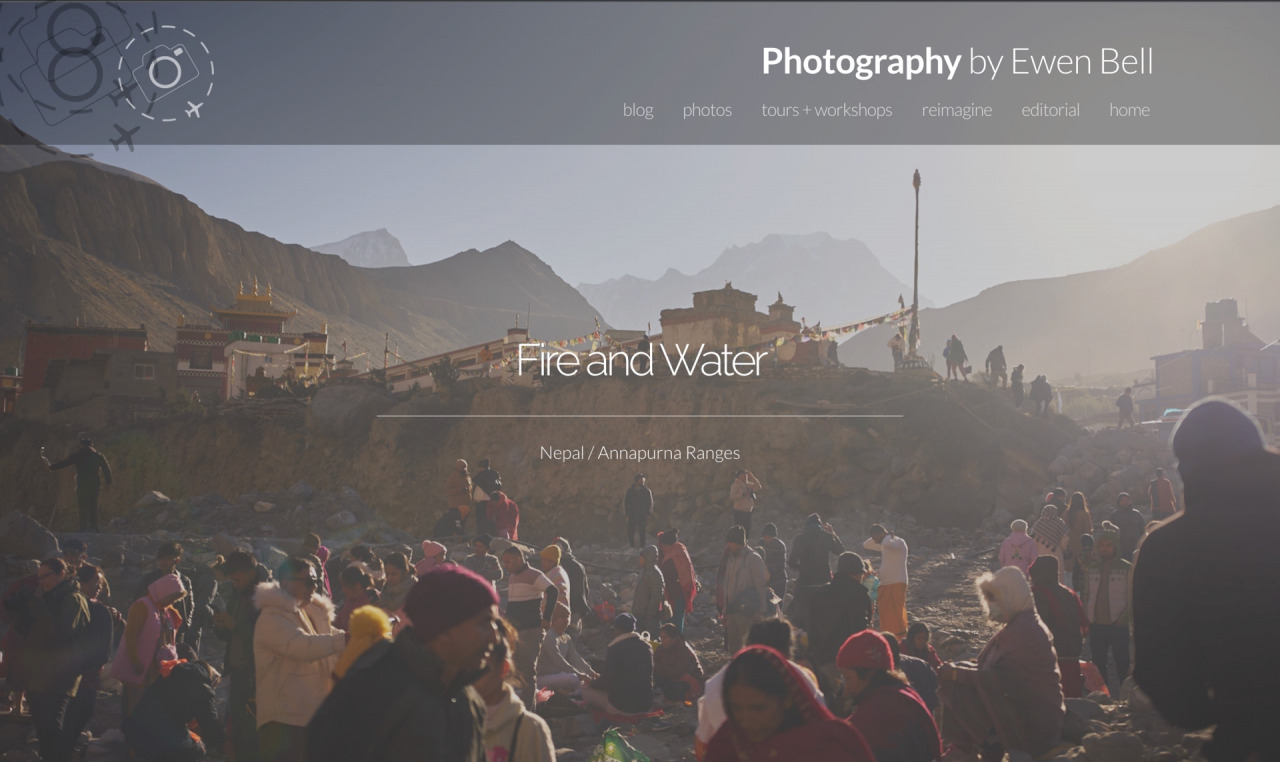
See my first photo essay from the Himalayas with these two lenses here:
https://ewenbell.com/editorial/Fire+and+Water
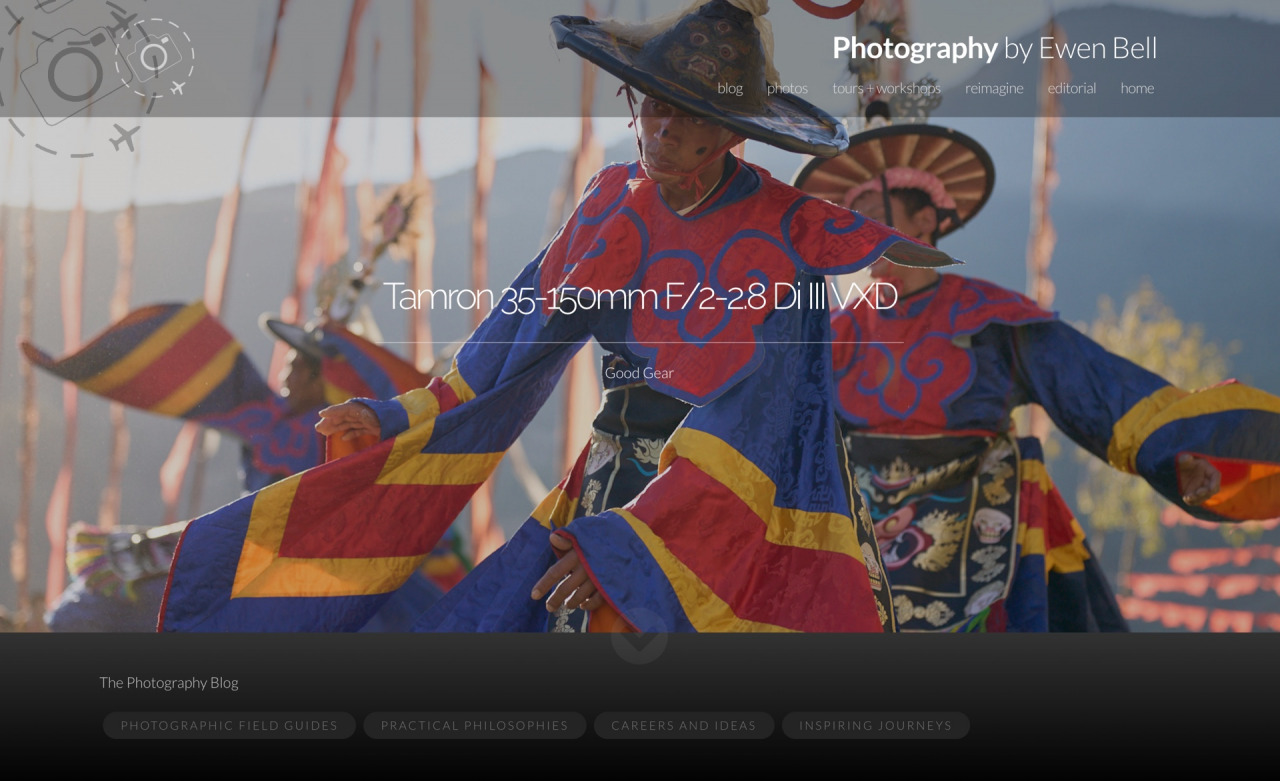
Read about my experience with the 35-150mm F2-2.8 at a festival in Bhutan here:
https://ewenbell.com/blog/Tamron_35-150mm_F/2-2.8_Di_III_VXD
Big thanks to Tamron Australia for the loan of these lenses:
https://tamron.com.au/our-products/35-150mm-f-2-2-8-di-iii-vxd-model-a058/
https://tamron.com.au/our-products/20-40mm-f-2-8-di-iii-vxd-model-a062/
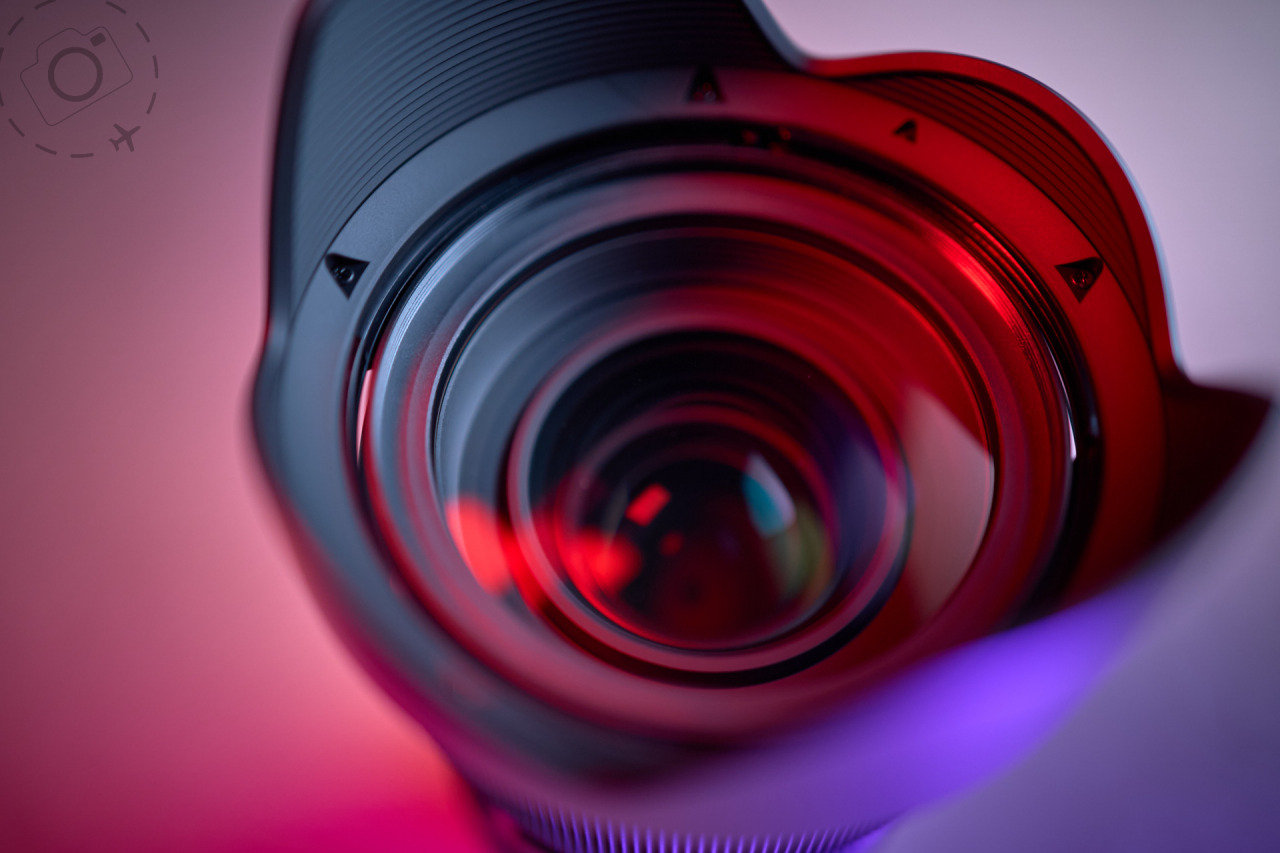
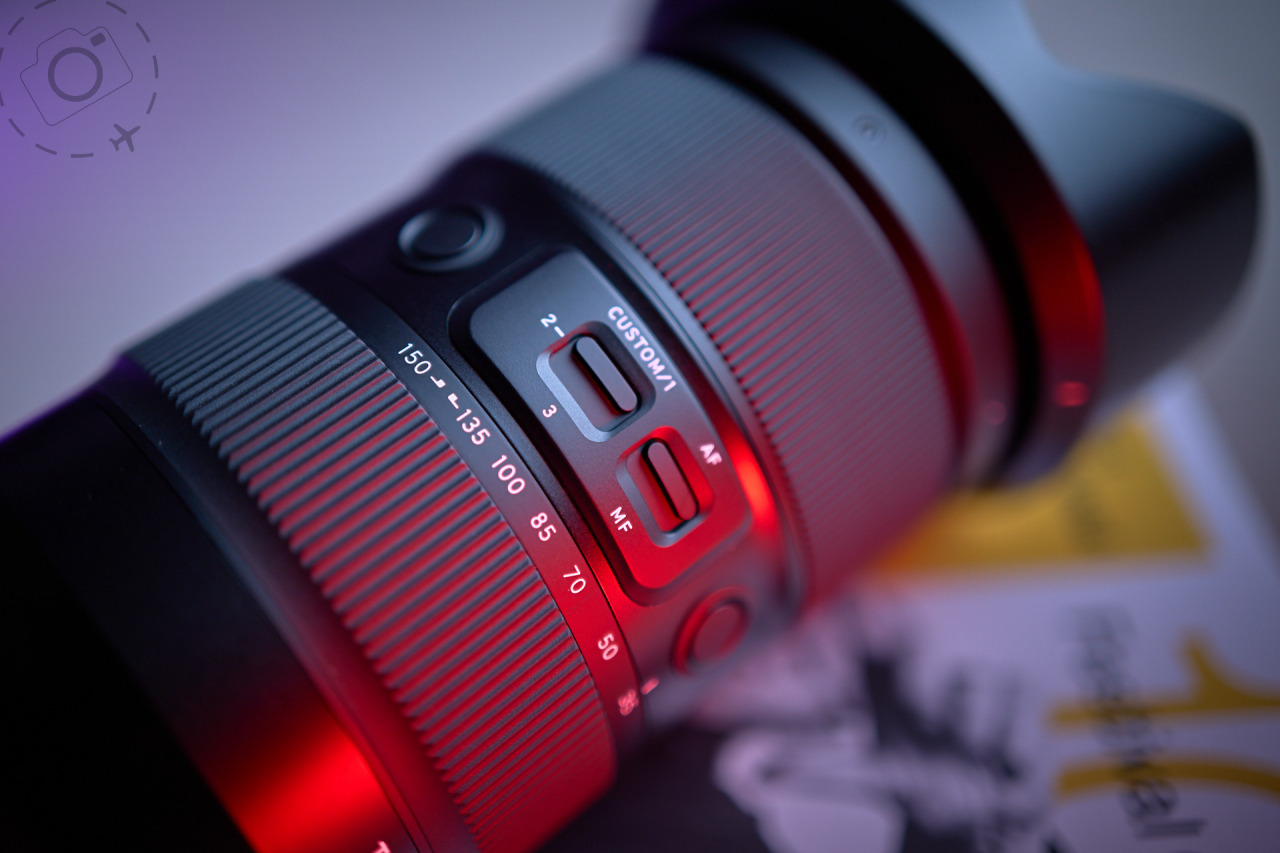

Keep Reading
Join Ewen's newsletter for monthly updates on new photography articles and tour offers...Subscribe Here

